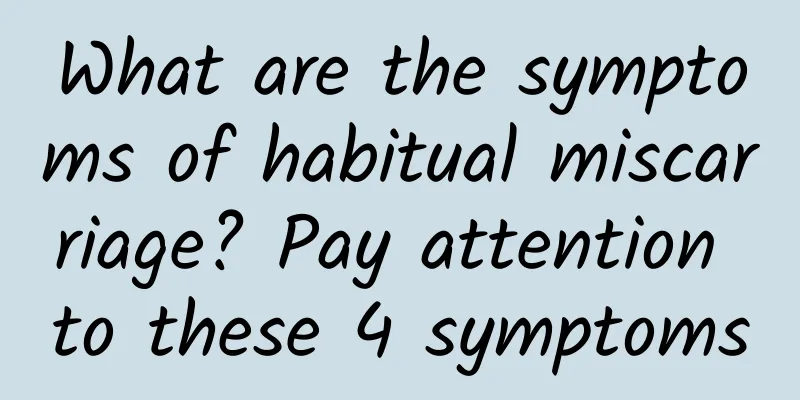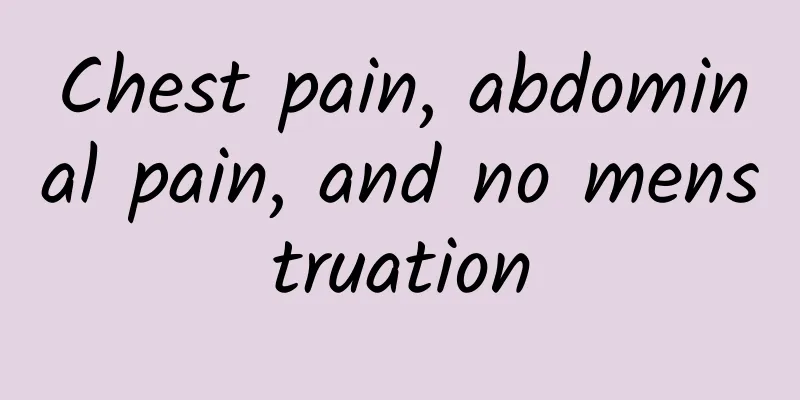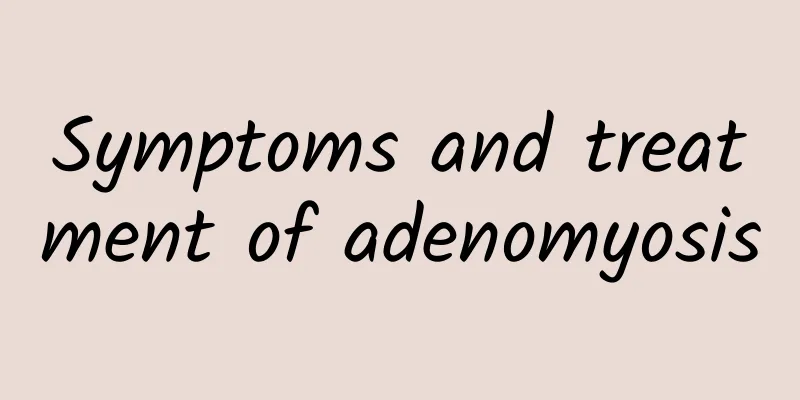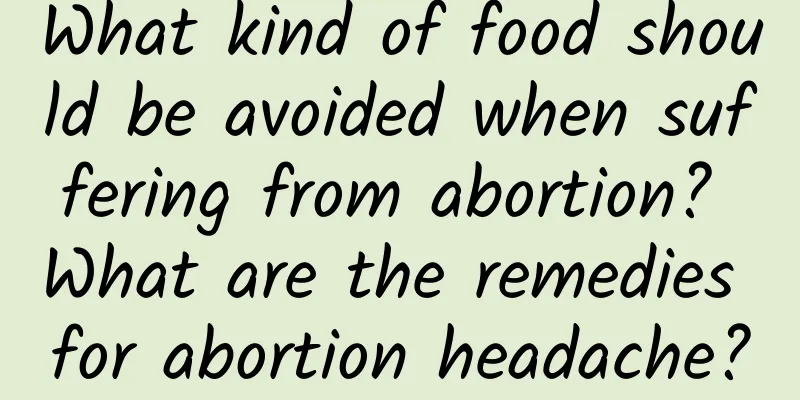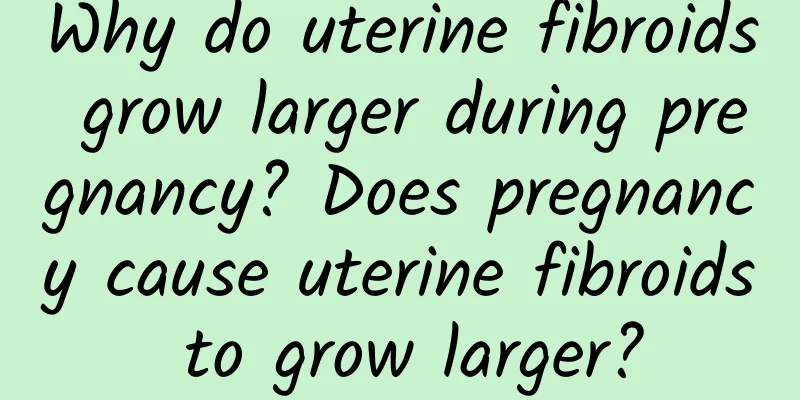What are the tricks for treating pelvic peritonitis?
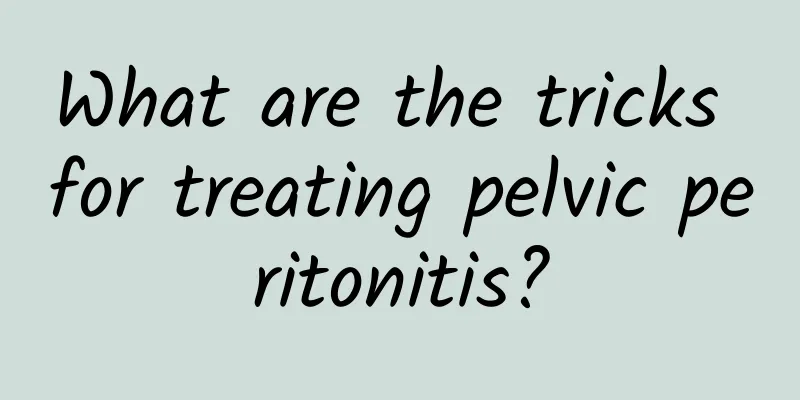
|
The principle of treatment is to actively eliminate the cause of pelvic peritonitis, and thoroughly clean and absorb the pus and exudate in the abdominal cavity, or promote the absorption and limitation of exudate as soon as possible. In general, the treatment of acute pelvic peritonitis can be divided into non-surgical treatment and surgical treatment. 1. Non-surgical treatment methods ① Body position: When there is no shock, the patient should take a semi-recumbent position, move the lower limbs frequently, and change the pressure points to prevent venous thrombosis and bedsores. ②Fasting: Patients with gastrointestinal perforation must absolutely fast to reduce continued leakage of gastrointestinal contents. ③ Gastrointestinal decompression: It can reduce gastrointestinal distension and improve gastrointestinal wall blood circulation. It is an indispensable treatment for patients with pelvic peritonitis. ④ Intravenous infusion: Patients with pelvic peritonitis who are fasting must receive infusion to correct water electrolyte and acid-base imbalance. ⑤Supplement calories and nutrition: Acute pelvic peritonitis requires a large amount of calories and nutrition to supplement its needs. ⑥Application of antibiotics: A large amount of broad-spectrum antibiotics should be used in the early stage, and then adjusted according to the results of bacterial culture. Intravenous drip is the best route of administration. ⑦ Analgesia: For patients whose diagnosis has been clear and treatment methods have been decided, it is necessary to appropriately use sedatives and analgesics to relieve the patient's pain. (II) Surgical treatment ① Lesion treatment: Eliminating the cause of pelvic peritonitis is the main purpose of surgical treatment. ② Clean the abdominal cavity: After eliminating the cause of the disease, the pus in the abdominal cavity should be sucked out as much as possible, and the food and residue, feces, foreign objects, etc. in the abdominal cavity should be removed. ③Drainage: so that the remaining inflammation can be controlled, limited and disappear. |
<<: What are the treatments for pelvic peritonitis?
>>: How does Traditional Chinese Medicine treat pelvic peritonitis?
Recommend
"Obesity" is closely related to 13 types of cancer! 168Is intermittent fasting and ketogenic diet suitable for you?
After the Mid-Autumn Festival and National Day ho...
Some specific care methods in the diet of adnexitis
Adnexitis, like other diseases, also requires die...
Causes of premature ovarian failure
Causes of premature ovarian failure: Premature ov...
How can thick endometrium be treated?
Endometrial thickness is a common gynecological d...
Experts explain how to scientifically care for irregular menstruation
Irregular menstruation is a very common disease a...
Is there any harm in pelvic effusion and fallopian tube thickening?
Fallopian tube thickening is mostly caused by inf...
Get rid of the little "belly" woman! Learn 2 ways to lose belly fat from supermodel Lam Ke-Tung
The circles of fat on my belly are really botheri...
Why does bacterial vaginosis recur easily?
Nowadays, more and more people may suffer from ba...
Introduction to preventive measures for cervical erosion
Cervical erosion is a chronic disease. What are t...
Can adnexitis be inherited?
Nowadays, there are more and more genetic disease...
To prevent premature ovarian failure, do these five things
The ovaries are the organs that produce eggs in w...
What if I don't have my period after a month of miscarriage?
The absence of menstruation after a full month of...
What causes uterine fibroids to shift? Is uterine fibroids shifting seriously?
What causes uterine fibroids to shift? Is uterine...
Choice of different treatment methods for threatened abortion
The name of threatened abortion sounds scary, but...
What is the cause of adenomyosis?
The cause of adenomyosis is related to genetics, ...
